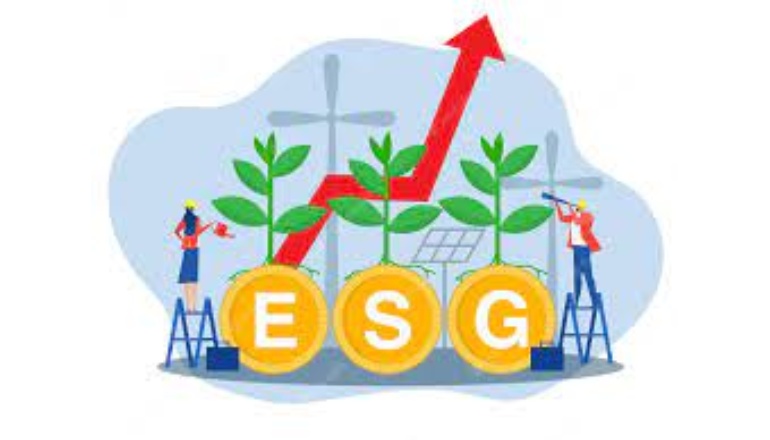Indian businesses are re-evaluating the social component’s importance as they create an inclusive corporate culture and formulate their yearly ESG strategy.
The synopsis is a brief outline of the status of the social component in India and a survey—an abbreviated version of which was recently released.
The survey jointly conducted by WriteCanvas and the DEI Committee of ASSOCHAM South, also revealed the need for organizations to address gender disparities and promote gender diversity across various roles to create more inclusive work environments.
As Renjini Liza Varghese, CEO, WriteCanvas, noted, “Women bear the brunt of the consequences of climate change. These observations align with the results of our survey, Why Is S the Blind Spot in ESG? In hindsight, all facets of society are impacted by climate change.”
DEI across sectors:
Overall, the social component of ESG is receiving more attention from all directions. Businesses that prioritize social responsibility and include it in their business continuity plan will gain more value in the future, she said.
On the education front, Ms Manasa Nagabhushanam, Director, DEI Committee, ASSOCHAM South and Director, Ramaiah Institute of Management, Bengaluru, noted that the trend has shown a significant shift in the number of women pursuing teaching as a profession. “India’s gross enrolment ratio for higher education is only 23% for girls, compared to 14% for boys.”
Highlighting the role of corporates, L Sridhar, Head, ESG, Bangalore International Airport Limited, said, “Woman empowerment is crucial in addressing climate change, as women are most affected by its effects. Our water harvesting system addresses this issue.”
The airport is introducing women firefighters and e-taxis with pink-colored taxes, providing more comfort to female passengers. This initiative is part of a broader scheme to enhance airport services.
Dr Suma Krishnaswamy, Founder, Cambium Biotechnologies, was of the view that women traditionally have a greater receptivity for preservation. “As a woman, you tend to conserve and preserve. It’s part of our psyche. To that extent, we will be better champions for sustainability and preservation conservation efforts. And, I think women should be leading / holding a leadership role in these projects.”
Taking the narrative forward, she said, “Traditional healers, often women, pass down knowledge through generations, making them champions of this knowledge. They create a repository of vital knowledge, which is not documented, making their contribution to conservation significant.”

